incl. VAT plus shipping costs
Immediate delivery, express possible ![]()
More than 20 Articles in stock
Delivery only innh. Germany and Austria possible.
Switch to the German store
- Item no: 31017
Fast delivery times
All products are in stock with us!14 years of breeding experience
Let our team of experts advise you!High customer satisfaction
from over 3,000 reviews "| Aquarium size: | 200 l (approx. 100cm) |
| Pelvic region: | Center |
| Final size: | 8-12 cm |
| with shrimps?: | Socialization not possible |
| with dwarf crabs?: | No |
| with snails/shells?: | conditional* (see description) |
| Visual effect: | Forms precincts |
| Origin: | Africa |
| Difficulty: | 2 - Normal |
| Breeding: | medium |
| Water values: | Hard water |
| Diet: | carnivore - meat eater |
| Planting possible?: | conditional* (see description) |
| Fish group: | Cichlids |
| Temperature: | 25-30 °C |
One of the most popular and probably most beautiful perches of all, is probably the "Princess of Burundi", the Fairy Perch, also known as Neolamprologus brichardi. This fork-tailed cichlid is endemic to East Africa's Lake Tanganyika, where it inhabits near-shore rocky littoral in strong groups of triple-digit numbers and resides primarily in the lower water zone at depths of up to 10 meters. The habitat is sandy and in places has rocky substrates and superstructures that serve as burrows. There they feed mainly on invertebrates and the young of other fish.
The Fairy Perch exhibits a typically elongated and slightly high-backed perch shape that appears shallowly compressed at the sides. In base color it exhibits an ocher yellow to orange, but also gray. The mouth is terminal. A short dark brown band extends from the eye to the gill cover, but may be spotted, and is interrupted by a yellow-orange spot. All fins, except the pectoral fins, appear transparent in the basic coloration of the perch and show white fin seams. The forked tail is extended. They grow to a maximum length of 10 centimeters and live approximately 9 years. Although the Fairy Perch is territorial, it is still a peaceful fellow that can be well socialized in a group and with other Lake Tanganyika fish. As a first time perch, it is suitable for beginners.
The males differ from the females externally by the extended extended dorsal fin, as well as the extended extensions of the forked tail. However, even this can be ambiguous now and then, so the genital papilla should be consulted to determine sex. Fairy bass are cave-breeding permanent spawners that can be stimulated to spawn by raising the temperature. Females lay up to 200 wine-red eggs on a cave ceiling, which are guarded by the male after fertilization. After about 72 hours, the first larvae hatch, feeding on their yolk sac and staying in the safe cave for the time being. It is not until almost 1.5 weeks later that the now free-swimming young venture out of the safe refuge into the open water and are cared for by their larger siblings, as well as by the group. The young can be fed freshly hatched Artemia nauplii.
Fairy bass prefer to live in a group of at least 3 animals and therefore require an aquarium of at least 150 liters, which should have a sandy or gravelly substrate similar to their habitat. Stone structures serve as territory marking, visual protection and as a place of retreat. Sufficiently many caves should be paid attention to, in which lower-ranking animals and above all the females, can withdraw. The planting does not play a major role, as less well-rooted and finely feathered plants in particular may be dug up and eaten. Perching plants with hard leaves such as Anubia and Bucephalandra are more suitable. The aquarium water should ideally have a total hardness of 9°-20° dGH, a pH of 7.8-9.0 and a carbonate hardness of 15°-20° dKH, with a temperature of 24°-26° C.
Fairy bass are peaceful, but also territorial fish that socialize well with their peers and other Tanganyika cichlids. Due to their natural preference for invertebrates, these should not be added to the perch aquarium, as they will otherwise add to the menu.
These cichlids are carnivores that feed on minute crustaceans and fish larvae in the wild. They can be fed well in the aquarium with granulated food suitable for perch, but also flakes. Variety is provided by large live and frozen foods, which may regularly spice up the animals' usual diet.
Our food recommendation: NatureHolic Cichfeed is a great staple food for all carnivorous cichlids in the aquarium, perfectly meeting their dietary requirements. The tasty pearls are also very well eaten by larger cichlids. Thanks to their soft texture, NatureHolic Cichfeed food pearls are gentle on the mouth and can be eaten very well by the fish.
Our plant recommendation: Use for planting NatureHolic InVitros. These are free of snails, planaria and other unwanted co-inhabitants. Also free of algae spores, bacteria and fungi.
Expert Tip: We recommend when keeping fish the NatureHolic 3 Phase Liquid. The care set offers the best all-round protection for your animals. It ensures optimal conditions for successful breeding and keeping.
| Scientific name: | Neolamprologus brichardi |
| German name: | Fairy perch, princess of Burundi |
| Difficulty level: | for beginners |
| Origin/Distribution: | East Africa, Lake Tanganyika |
| Coloration: | yellow-orange base color, brown short longitudinal band between eyes and gill cover, interrupted by orange spot, males distinctly more extended dorsal and caudal fins |
| Age expectancy: | approx. 9 years |
| Water parameters: | GH 9°-20° dGH, KH 15°-20° dKH, pH 7.8-9.0, temperature 24°-26° C |
| Tank size: | 150 l and up |
| Food: | Carnivorous, dry and granulated food, large live and frozen food |
| Breeding: | medium |
| Behavior: | peaceful/territorial/aggressive towards conspecifics |
| Group size: | at least 3 animals |
| Further information: | Ten typical aquarium fish for beginners and alternatives to them, Tips for acclimating fish to the aquarium, Feeding aquarium fish properly - cheap food and what it can do |
- Item no: 31017
Entdecke die Garnelio Welt!
Garnelio gehört zu den größten Onlineshops für wirbellose Aquarientiere weltweit.
Viele Artikel gibt es exklusiv nur bei uns im Shop.

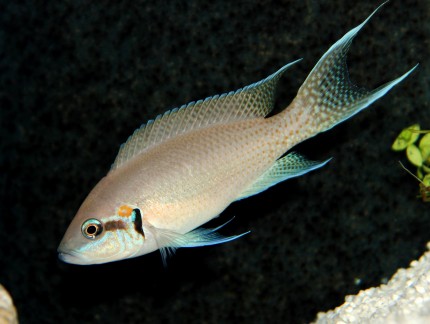

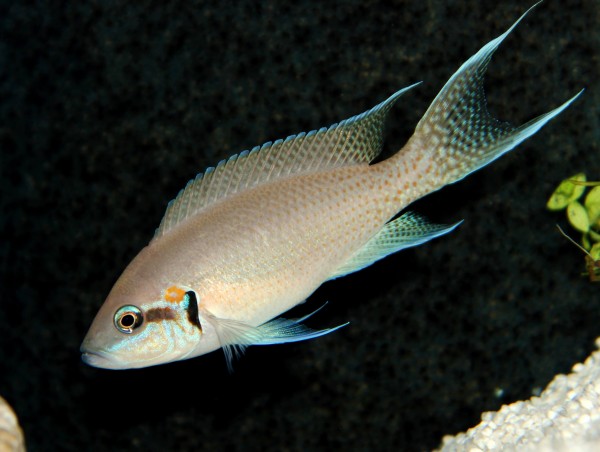

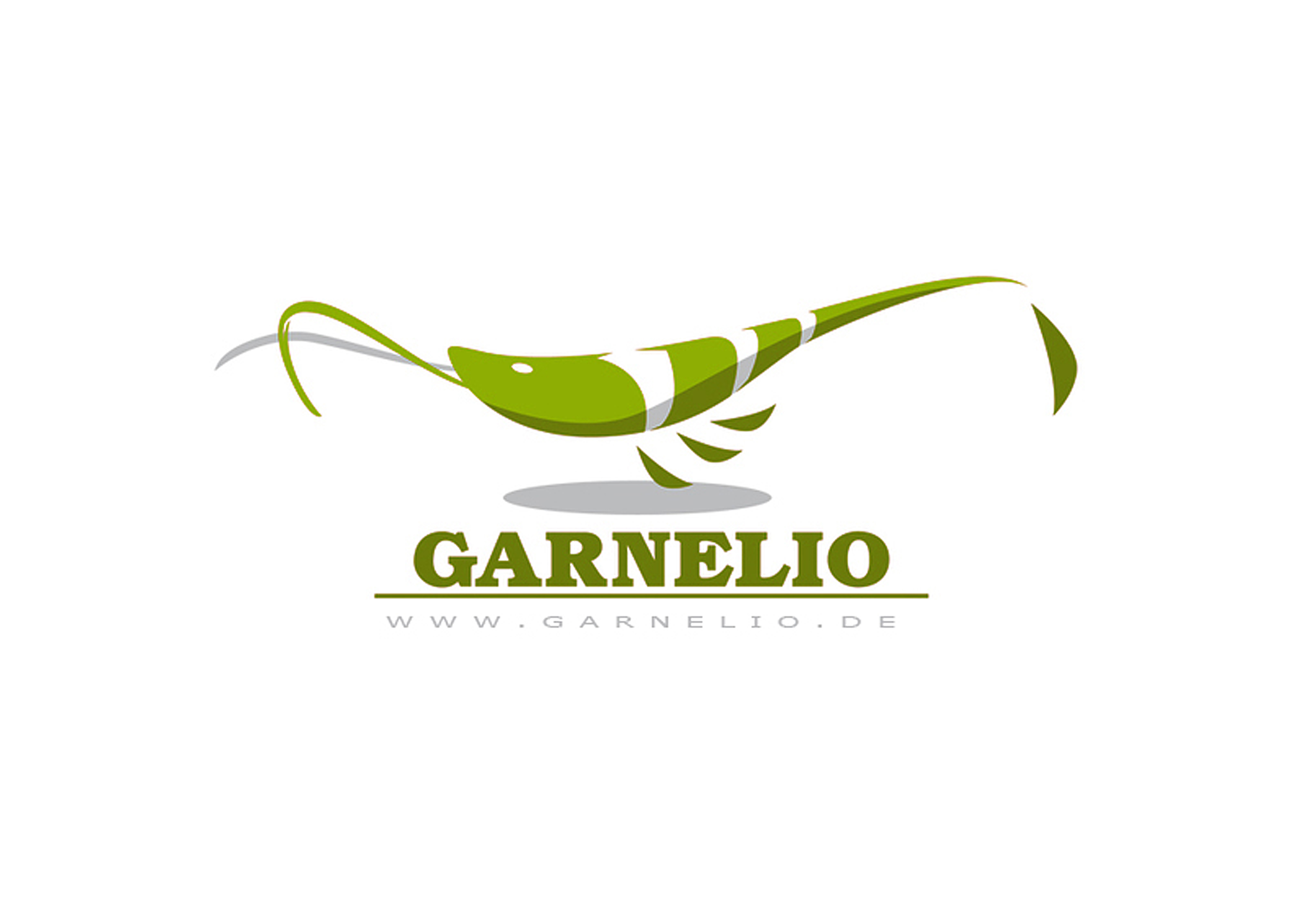
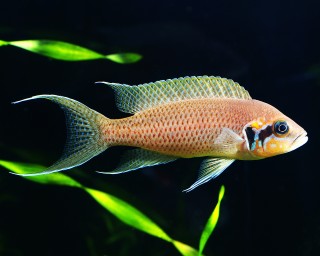
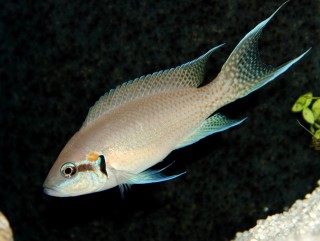
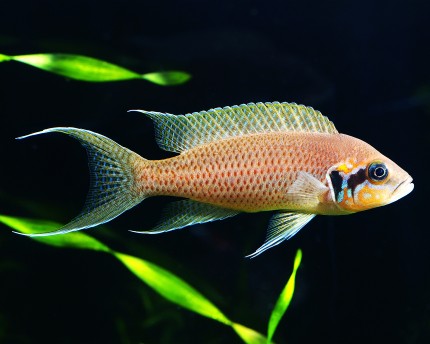
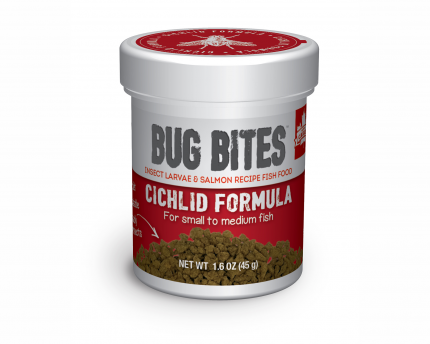

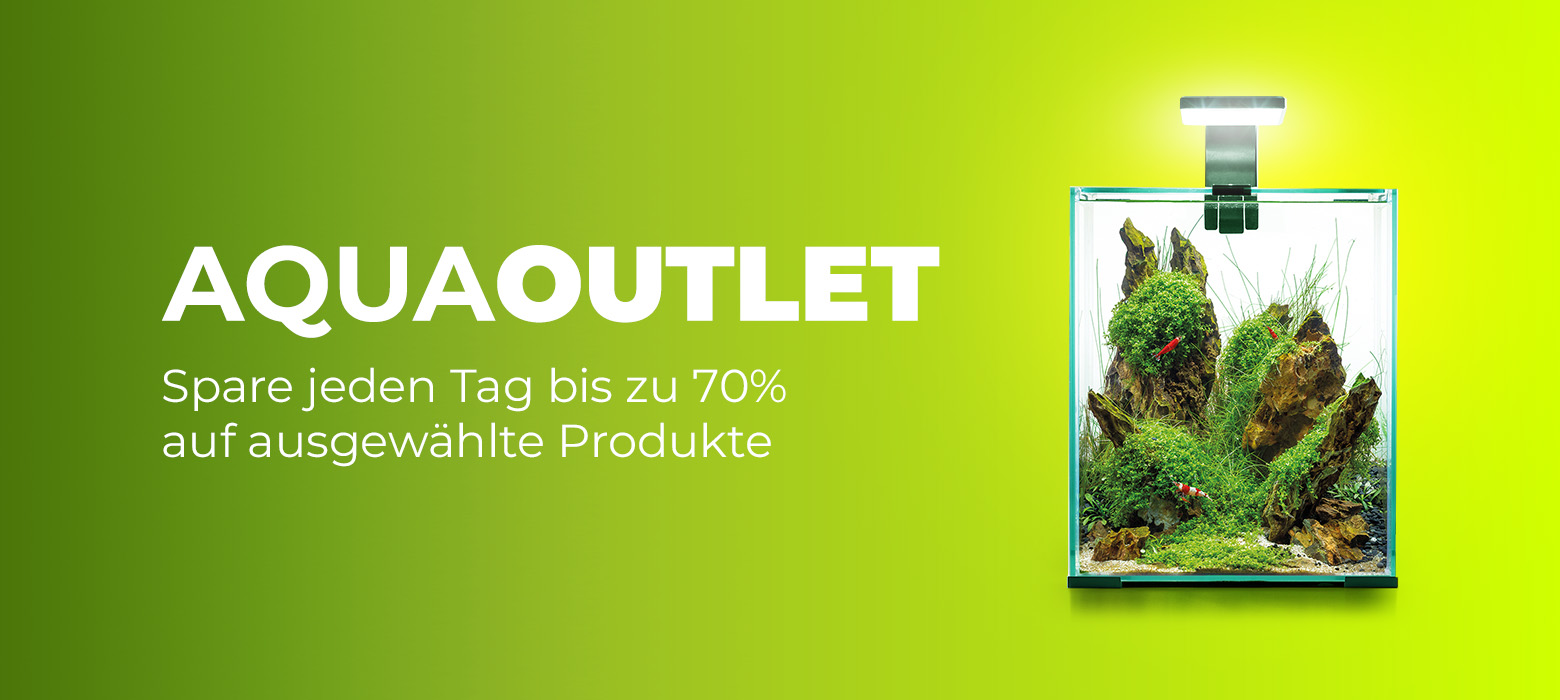
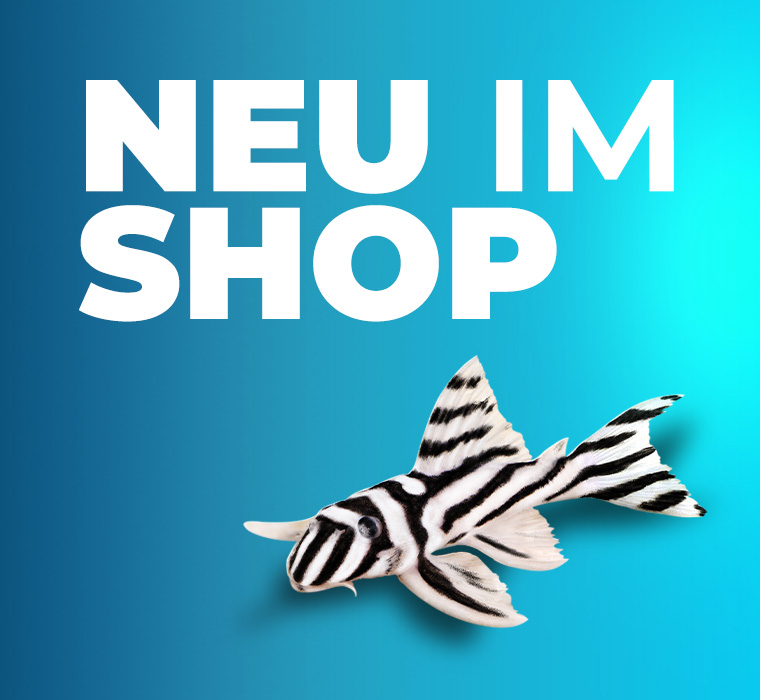
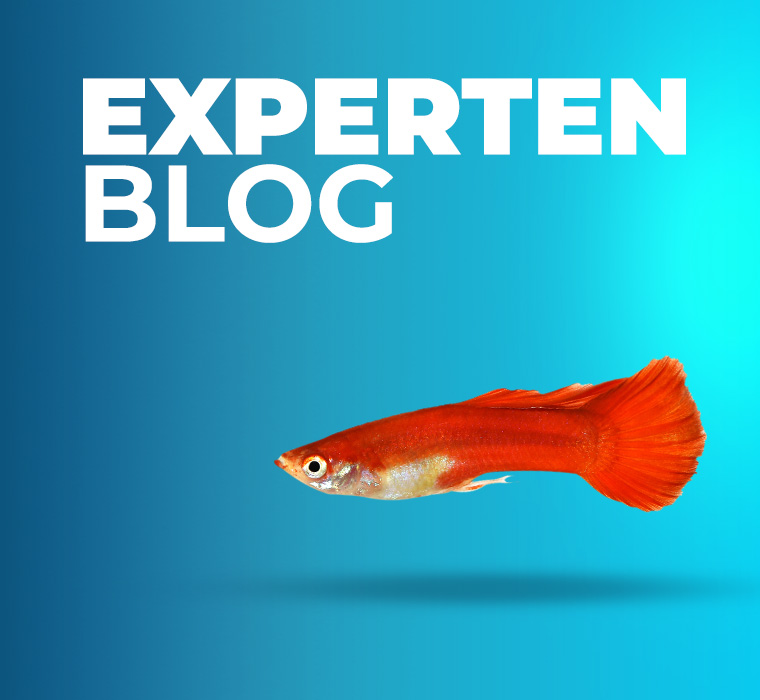

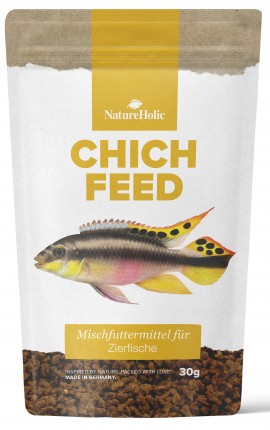
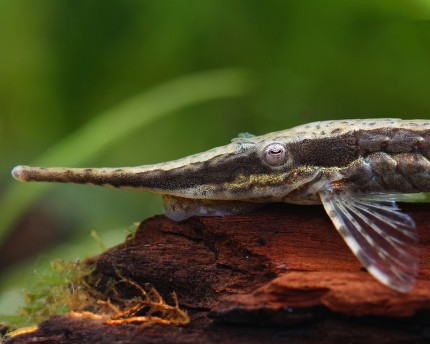
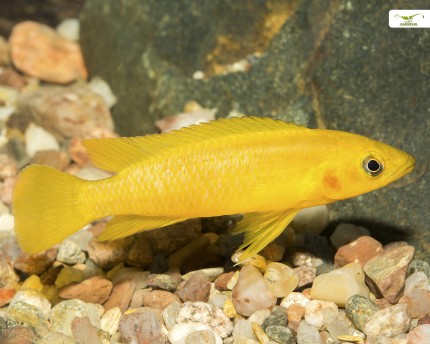
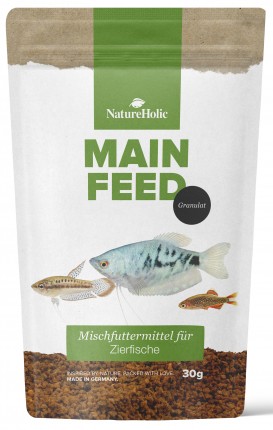
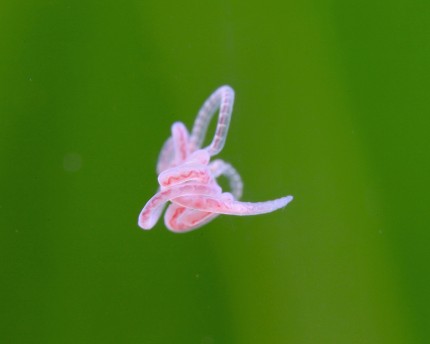
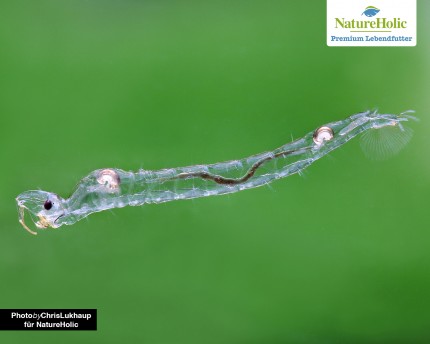
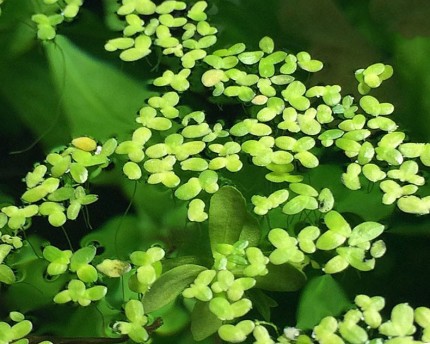
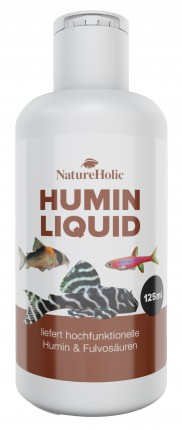
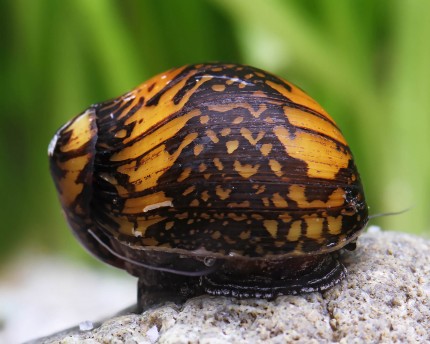
The fields marked with * are required.
I have taken note of the privacy policy.